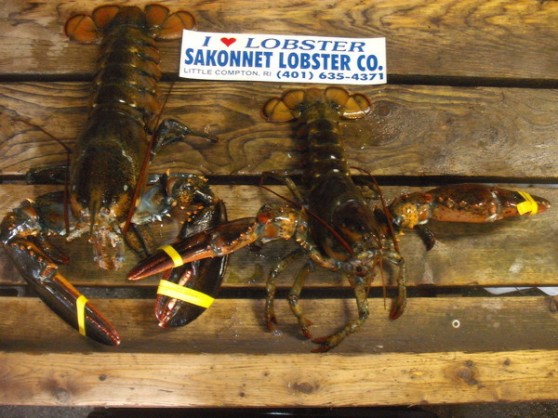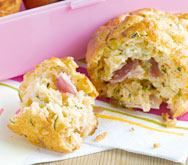 Rosh Hashanah is the “Head of the Year”–literally, the Jewish New Year. Rosh Hashanah 2012 begins at sunset Sunday, September 16, and ends in the evening of Tuesday, September 18.
Rosh Hashanah is the “Head of the Year”–literally, the Jewish New Year. Rosh Hashanah 2012 begins at sunset Sunday, September 16, and ends in the evening of Tuesday, September 18.
One of the symbols most often associated with Rosh Hashanah is the apple. Throughout the Jewish world families are dipping apples in honey and reciting the special blessing requesting God to renew for us a good and sweet year. Last year, I posted a Honey Cake recipe, which is another traditional Rosh Hashanah dessert. The beauty of the recipe below is that it can be make ahead and baked before serving.
Have a Shana Tovah – Happy New Year!
Shanah Tovah Apple Puffs with Vanilla Sauce
Serves 8
1 pkg frozen puff pastry, thawed until pliable but still very cold
3 medium golden delicious apples, peeled, cored, and chopped into 1/2″ pieces
3/4 cup dried apples, chopped into 1/2″ pieces
1/3 cup raisins
1/4 cup plus 2 Tbs sugar
2 Tbs all-purpose flour
1 tsp cinnamon
1 egg mixed with 1 Tbs water, for glaze
Preheat oven to 375 degrees. Grease or spray a heavy cookie sheet.
On a lightly floured board, roll one pastry sheet into a 13-14″ square.
It will be very thin. Cut into 4 equal squares.
In a medium bowl, toss apples with the dried apples, raisins, sugar, flour, and cinnamon.
Spoon a scant 3/4 cup apple mixture into the center of the squares. Then brush edges with egg glaze and pull corners of pastry up over filling like a money bag and twist and seal. Pull back corners.
Place 2″ apart on greased baking sheet. Brush tops and sides with of pastry with egg glaze.
Bake for 25- 30 minutes, or until pastry is golden brown. Serve warm with the vanilla sauce.
Note – Puffs may be made and refrigerated 8 hours before baking.
Vanilla Sauce
2 egg yolks
2 whole eggs
1/3 cup sugar
2 1/4 cups light non dairy creamer (for dairy meals, substitute whole milk)
2 tsp cornstarch
1Tbs vanilla extract
In a medium saucepan off the heat, whisk together the eggs and egg yolks and sugar.
In a small bowl, stir non-dairy creamer and cornstarch together, and whisk into the eggs.
Cook over moderate heat, whisking constantly, until mixture comes to a boil and thickens slightly. Reduce heat to low and simmer 2 minutes, stirring constantly.
Sauce will continue to thicken as it cools. Remove from heat and stir in vanilla. If the sauce is too lumpy press it thru a strainer. Place a piece of plastic wrap directly on surface of sauce and cool to room temp. Refrigerate until chilled you can make this up to 2 days ahead. Serve chilled or at room temp.












